Powering the electrified future
As electric vehicle sales gather pace, particularly in Europe, the charging infrastructure is falling short of the required need and stoking a charge anxiety in potential buyers. Daniel Harrison talks to Christoph Erni, CEO of charging infrastructure provider Juice Technology, about challenges and opportunities that lie ahead
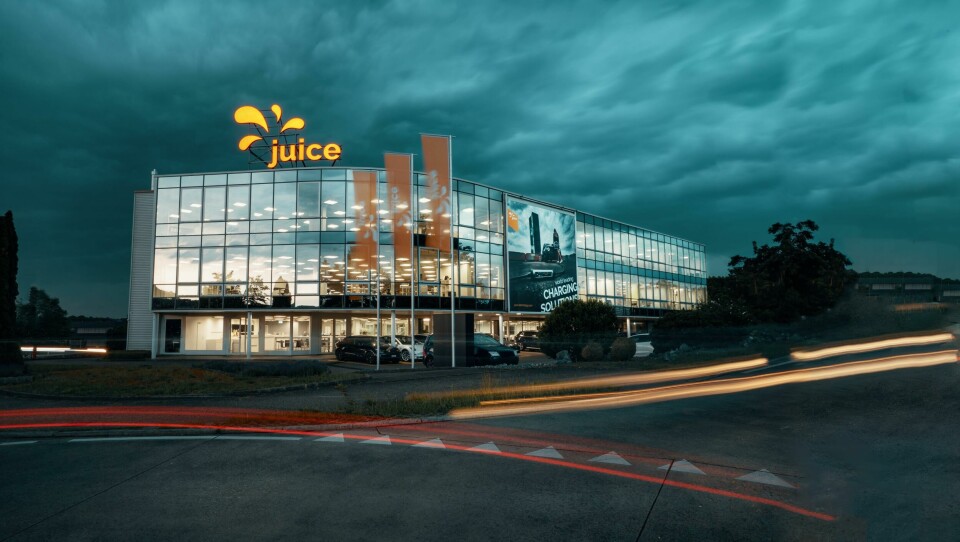
There are many differing views of how best to roll out an electric vehicle (EV) charging infrastructure, but all agree that there is no single silver-bullet solution. It will take a combined effort from government, private enterprise and and home charging to produce a multi-faceted network that suits a wide variety of EV end-user scenarios.
Some charging-point providers state that obtaining land for public charging points, whether through purchase, leasing or rental, is a major challenge. That is particularly true in congested, expensive cities, and in countries where there is a lot of bureaucracy.
That puts the legacy oil and gas companies, such as BP, Shell and Total (who have acquired many EV charging operators), at a huge advantage. Their existing networks of fuelling stations can be partially or fully converted to provide charging points for EVs. However, while this is true for the rapid chargers required on major motorways, and also for commercial EVs that require lots of parking space, this is only a small part of the equation and future EV charging is going to be more of a mixed bag.
Christoph Erni, CEO of Juice Technology, counters the conventional wisdom. “I think it comes from a false way of thinking because you try to copy the old behaviour, you try to build up charging stations like gas stations,” he says. “That’s not necessary anymore. You mainly charge your car where you park anyway. That means mainly at home, mainly in front of the building where you work, or on recreation sites or shopping areas. These spaces need to be equipped, no additional space needed.
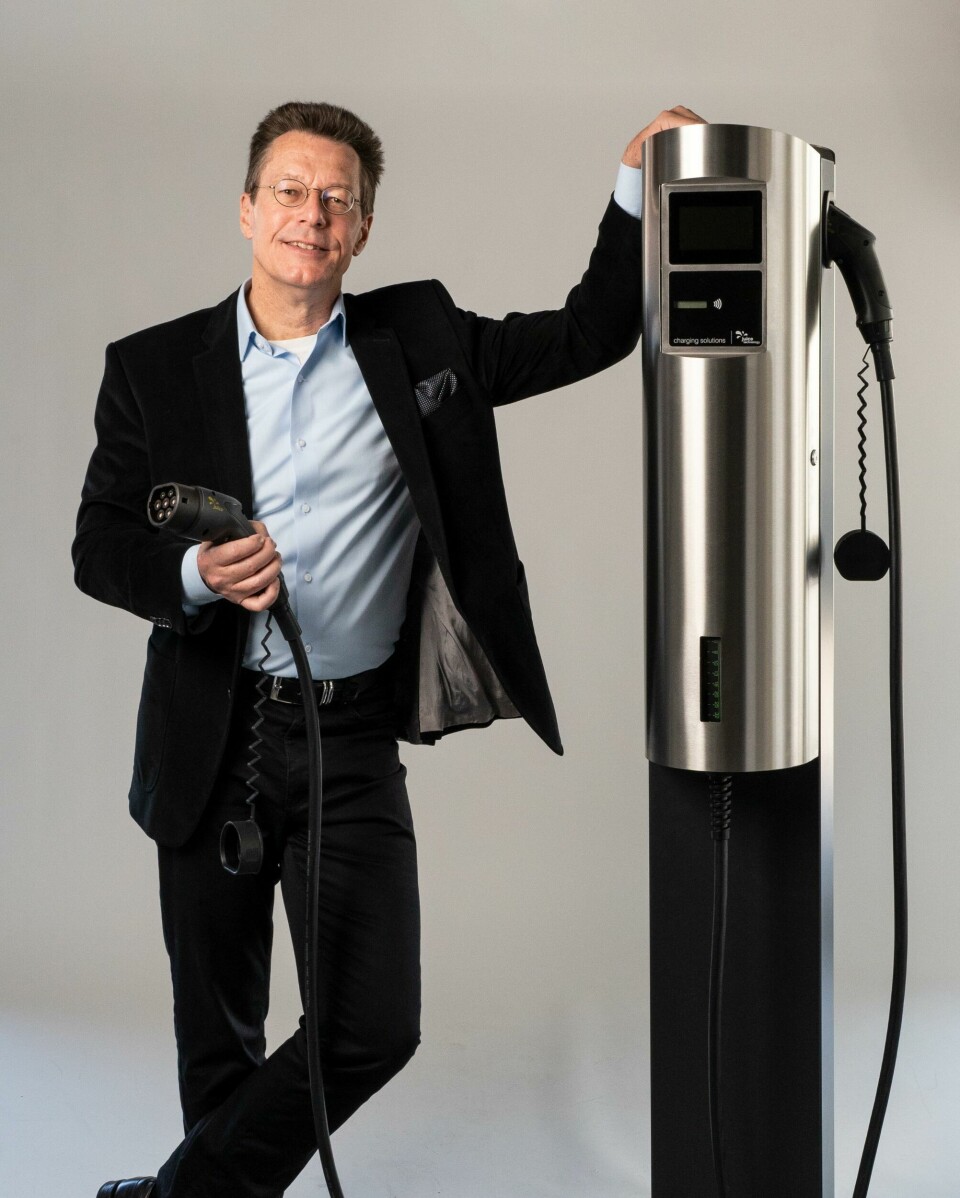
“Of course, if you go for a long-distance trip, then along the motorways you need some charging places… close to the cities,” he points out, adding that nobody goes to the middle of nowhere to charge their car.
Greater range of options
A common perception is that the world needs a massive investment and ramp up in public charging points and that they all need to be rapid or ultra-rapid chargers. That is true to an extent, but only part of the solution. While we wait for that utopia to materialise the real-world EV user needs to be far more pragmatic with a range of options that can be used in a wide variety of situations, including public charging points, on-street parking, private home chargers and even mobile chargers.
“What is also strange is that people think you have to charge as quickly as possible,” says Erni but he adds that on long journeys people have time during rest stops or at their destination to charge. “People think they have to rebuild charging stations everywhere to fast charge, which is not necessary,” he says. “It is not even good for the grid. It’s much better to balance the load over time.”
Slow charging has its place, especially for domestic private residences. Trickle charging overnight will serve most people’s uses.
Commercial EV charging
Erni also challenges the received wisdom that large commercial vehicles are an exception because they require a large amount of space to park, and the fact that time is money for the driver delivering the freight.
“Even there you have lots of time when the truck is standing around and during that time you can charge it at a reasonable speed,” he says, pointing out that loading and unloading affords more time to charge. “The truck driver needs to take a break from time to time, even by law, so you can use those times to recharge. I think it’s the wrong idea that you think it’s up and running 24 hours a day.”
With reference to light commercial vehicles Erni says that, even with a 124kW charger, 45 minutes is by far enough. “You can recharge [a van] fully during a lunch break, so you don’t need these huge 380-kilowatt chargers.
Grid balancing
Another aspect of this is the strain that rapid chargers place upon the electric grid. There needs to be greater balance. The time spent travelling should and can change to accommodate a different way of travelling, incorporating charging times.
“Balancing is the key,” says Erni. “It’s more important than charging fast. I was always racing myself to beat my last time from one city to another but now I’ve realised it’s easier to calculate half an hour more.”
Erni says truck drivers can use their time wisely, factoring in breaks for administration work, such as sending emails, which they have to do anyway. “If you plan it wisely, you’ll be as fast as before, but much more relaxed, and it’s also good for the grid lines.”
Portable chargers
While we wait for the EV charging infrastructure to develop and catch up with EVs, drivers have to deal with issues such as range anxiety, being ‘ICEd’ – when a vehicle with an internal combustion engine is illegally parked in an EV only charging bay – or increasing queues at charging points. Portable chargers are the answer.
“We found out that if there are not many charging stations around it would be easier to take the charging station with you, with the idea that electricity is already everywhere,” he says. “That’s how we developed the first mobile charging station. At the same time we are producing wall boxes, public charging stations and fast chargers, everything the market needs, but portable charging is still something excellent that is a big help for everyone.”

Funding the expansion
The current strategy to ramp up the EV charging infrastructure is a mixture of public and private funding. For example, through the Alternative Fuel Infrastructure Programme (AFIP) the European Commission is aiming at getting 1m charging points in place by 2025, and 3m by 2030, across the Trans-European Transport Network (Ten-T) core network corridors. That is being complemented by national and local government initiatives. However, the bulk of the investment will actually need to come from commercial companies, including employers in the workplace, as well as private individuals installing personal charging points in their homes.
“First of all you have to understand what will be the backbone of a good charging infrastructure and we are convinced it will be private homes and the workplace, where the cars are mainly plugged in, which helps again also to stabilise the grid,” says Erni.
That will be supported by fast chargers along the motorways but that will be difficult to pay off for private investors without a prohibitively high kilowatt-hour (kWh) price. That is where public funding will have to step in.
Erni says that Germany provides a good example, where public taxes are used to fund charging stations. I think if there is public funding we should invest it into the fast roads, the motorways and the highways; that’s where it should take place,” he says.
Fragmented industry
The market for EV charging infrastructure is currently fragmented, with many small companies in competition. They tend to focus in one particular region or even one country. Rarely is there a dominant single player in any one region.
That plurality has implications from a consumer perspective. A high degree of fragmentation results in quite a poor consumer experience because an EV user has to be signed up to a range of different charging providers, each with different payment system. It is often quite a slow and frustrating experience which risks holding back widespread EV adoption.
“It’s the silliest idea ever to invent payment means for a new industry,” says Erni. “When you buy a newspaper, nobody says you need a special newspaper buying card. You just pay with what you have.”
Juice Technology opted for credit card payment from the very beginning, requiring the customer to only use their card once (unlike the plug in/plug out system). The system makes a reservation on the customer’s card after which they are billed, in the same way the system works for petrol.
Erni reminisced on the frustrating alternative. “I was in Munich, it was raining, it was dark, it was freezing cold. I tried to install the [payment] app and it didn’t work. I tried to get the card in the hotel, it didn’t work. It was really frustrating.”
Market consolidation is likely to solve this. Larger players, and in particular the oil and gas companies, have been inexorably acquiring the smaller players and bringing them under their brand. For example, Shell recently acquired Ubitricity and BP acquired Polar Plus.
Erni says that the early proliferation of competitors typical of a burgeoning industry is now starting to give way to next phase of mergers and acquisitions (M&As).
“Within the next five years, let’s say, we won’t have 400 companies for wall boxes like we have now, but rather ten or so,” he says. “The rest will either simply have gone or will be bought up by the competition. This is the way it goes with a young industry.”
Complicated connections
Along with the multitude of providers there is a profusion of different connectors and charging technologies around the world. They include Type 1, Type 2, the combined charging system (CCS) and the proprietary Tesla system. To alienate the consumer further, there are also AC and DC systems. There are also slow, fast, rapid and ultra-rapid chargers. This bamboozling of the consumer is potentially a major barrier to widespread EV adoption.
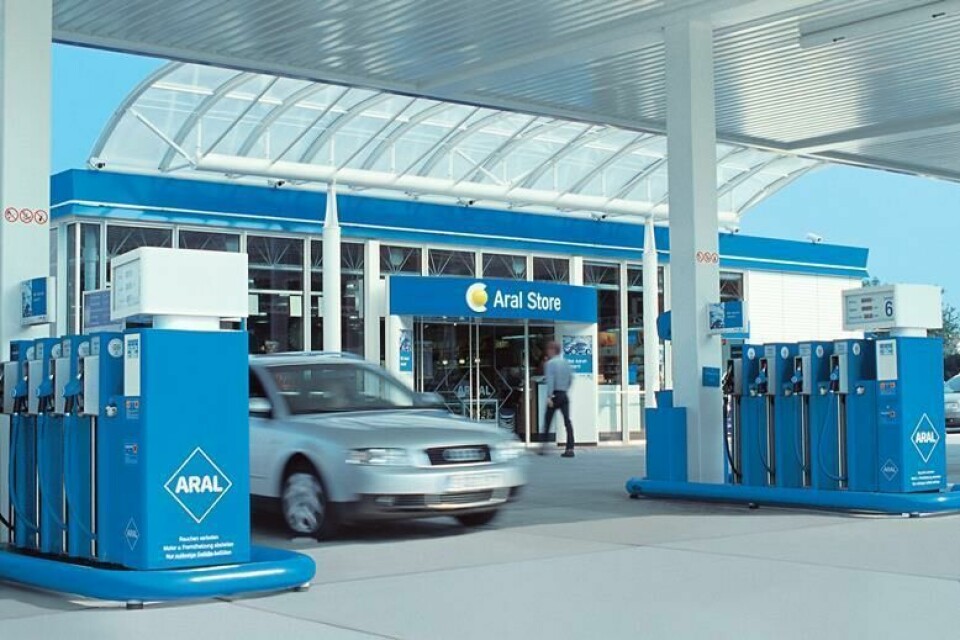
Erni thinks the proprietary competition for charging technology is unnecessarily complicating.
“They started with Type 1 in the US and Japan because there is mainly a single-phase grid [for distributing power]. Then [Europe] invented Type 2. Very soon the Italians and the French came with Type 3. Only in France can you still find the public charging stations carrying a Type 3. Type 2 is standard in Europe and customers can use it for AC and DC.”
Tesla kept it simple from the beginning and used chargers with two pins for plus and two pins for minus, able to charge 150kW easily, and that’s how they still use it. However, you can also now charge a Tesla with the CCS Type 2.
“What we have now all over Europe is Type 2 for AC and CCS Type 2 for DC. I think Chademo is almost gone,” explains Erni, referring in the latter case to the trade name for the DC fast-charging provider. “The Germans have even cut down their funding for stations carrying Chademo.”
Things are getting simpler. There are predominantly two plugs, one for DC and one for AC, and even Tesla has adapted its stations and cars to accommodate the set up.
What is clear is that, as the number of EVs on the road grows, there will need to be a huge investment to expand the rapid charging infrastructure.
The European Automobile Manufacturers Association (ACEA) recently published a study which shows that only 10% of EU chargers are rapid chargers, which on the surface suggests the network is lacking. That is not necessarily true, according to Erni, who says that rapid chargers are only important on the motorway for long-distance driving and the priority is in having every parking space equipped with electricity. The greater share of driving is made up of regular short-distance journeys.
“It’s important that you have slow chargers where you always can plug in,” he says. “This also helps the energy providers to manage their grid effectively.”
Erni says that at times of peak energy it is possible to store the surfeit away in the cars that are plugged in for longer stays, helping to stabilise the grid.
Charge anxiety
One of the main concerns shared by OEMs, regulators and other stakeholders in the EV value chain is whether the charging infrastructure can cope with the exponential growth in demand.
As EV range has steadily improved, the debate has moved on from battery technology to charger availability. Consumers don’t mention ‘range anxiety’ quite as much, but do increasingly mention ‘charge-point anxiety’, and relate anecdotes of having to wait, queue or even compete for charging points. It is a widespread experience of EV users and many contend that inadequate charging infrastructure is the Achilles heel of successful vehicle electrification in Europe.
“It’slike the chicken and egg problem. If you first build charging stations nobody uses them everybody will say what a waste of money,” says Erni. “But if you come too late, even if it’s only a few months too late, then everybody says, ‘wow, we are lagging with the charging stations’.
The perceived lack of charging infrastructure is a sign that the market is really speeding up.
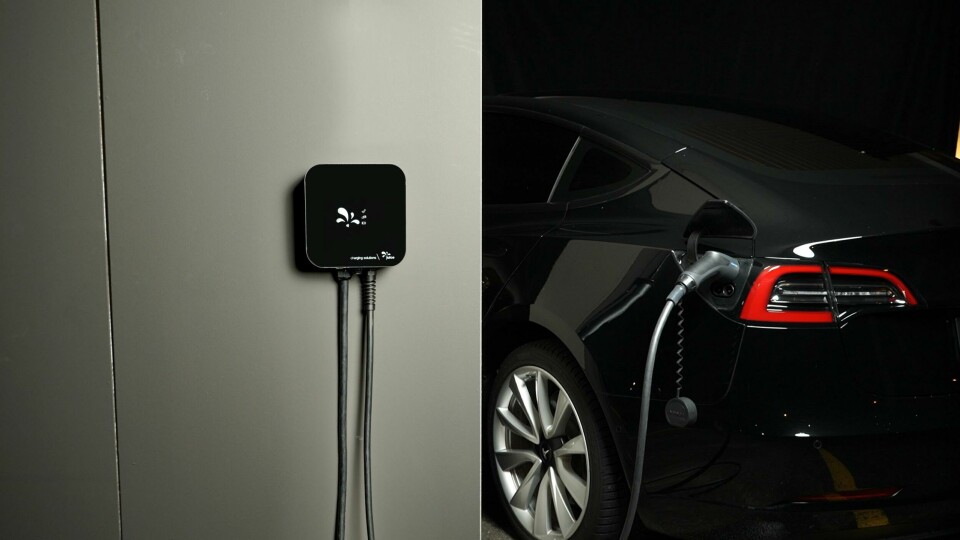
Erni recounts that when Lars Thomsen, future analyst and board member at Juice Technology, said back in 2014 that the last combustion engine in Europe would be made in 2029 he was laughed at. He was also ridiculed when he said that half of the cars sold by 2025 would be electric.
“What we face now is that by the first half of 2023, half of the new cars sold will already be electric,” says Erni. “That means we are already two years ahead of his most ambitious view.”
That indicates that with more EVs on the road there are likely to be queues in front of charging stations for one or two years, but Erni puts that in the perspective of a car industry that has been around for more than 100 years.
“It might be a little problem at the beginning but that just shows that we now have to speed up. I’m sure in two years or three years nobody will remember it.”
To keep pace with EV sales and usage, the EV charging infrastructure needs to grow by around 20% consistently each and every year for the next two decades. That is quite a rapid rate of growth and is likely to create many challenges. So what exactly are those challenges likely to be?
Erni says the main one is understanding the real need of the market.
“If you want to grow that fast, you need intelligent management,” he says. “We have to start now to harmonise all these stations and software levels so that we can really manage them from one central point, fully automatically. That will be the main challenge.”
Erni says finding land is not a problem or the funding for it. Small businesses will see the advantages as the number of EVs grows, each one with a potential customer aboard. They will install charging stations in front of their shops and the market will grow to meet demand.
Safety and security
Charging infrastructure points are not simply connections to the electrical grid. They communicate with the vehicle to regulate safe and efficient charging. They also often have billing and payment technology installed, such as card readers. In fact, in the UK, card payment options were made compulsory in 2020 for all new rapid chargers. All of this incorporates sophisticated electronics and requires an increasing emphasis on software. But being connected to the internet also brings safety and security risks.
“Data security in charging will be the next big step that the charging equipment manufacturers need to understand,” says Erni. “It is no longer copper and brass that they just connect like switches, it’s really software-based and it is dangerous. You could even attack a whole country by manipulating the charging stations.”
As an example, Erni points out that if a charging station only takes six or eight amps and someone pushes it up for every station to 16 amps, that could black out the whole grid. Repeating that several times a week for a ransom is therefore a risk.
At the same time, however, having a charging infrastructure that is software-based is more flexible and scalable, which presents greater business opportunities.
“The difference between Juice Technology and the other manufacturers is mainly the software,” says Erni. “We’ve focused on software from the very first moment. I think that if you want to do something sustainable that can be upgraded over time, and also fulfil the needs of the future, it’s very important to be software-based.”
Erni says that approach helped the company go international. Being software-based made it easier for the company to adapt to the different needs and standards across the world, be it China or US regulations for example.
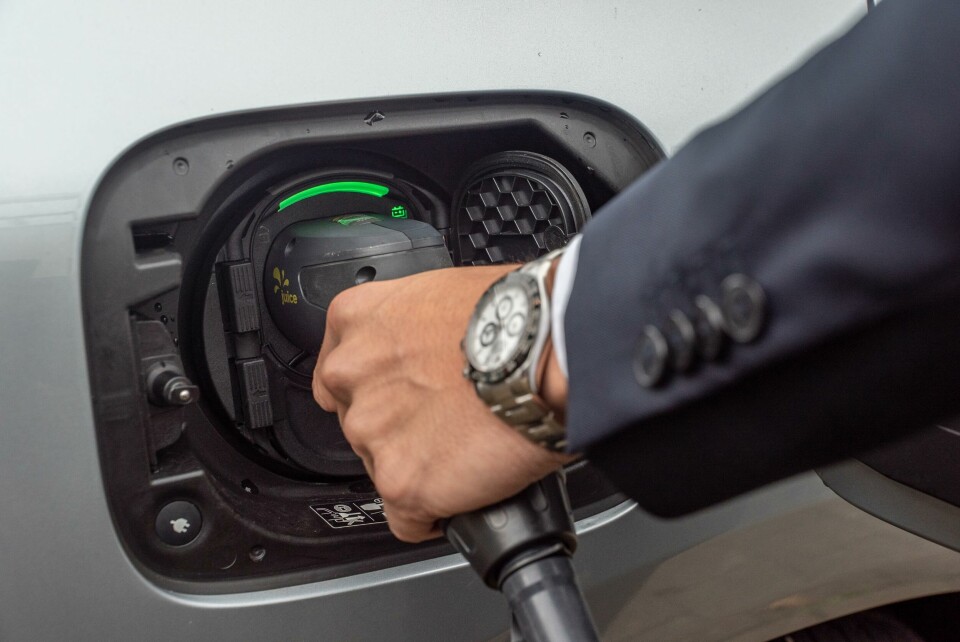
Slow return on fast charging
It is an open secret that EV charging point providers don’t currently make any profit, or if they do make a profit it is put straight back into investing in more charging points and expanding the network. What is really notable though, is that slow chargers are more profitable than expensive rapid chargers. Therefore, it is likely to be the case that, while there is a ramp up in charging point infrastructure, companies are not likely to see any profit for at least the next five to ten years. That is currently the case at Juice Technology and Erni says profits on fast chargers are even unlikely in the longer term.
“Fast chargers are really expensive and they are heavy to maintain, so I’d say this will be very difficult,” he admits. “You have either to set up a combined model, let’s say, together with a restaurant or a hotel, [or other partners] for instance. Or they are supported by the government.”
The only other alternative is charging huge prices for the facility which could dissuade people from using it.
Another way to tackle the challenges of a fast-charging business model is through the take up by large companies who flag the facility as an added value to their normal business. Erni gives the example of large shopping centres that could offer semi-fast chargers with around 70kW of power to attract customers.
“Or you could advertise it,” suggests Erni. “Let’s say you’re a big insurance company and make charging half price, naming the charging hub after your insurance company. It could be like a marketing investment.”
As indicated, slow chargers are not expensive and can be profitable but that will require a totally different model with the energy providers.
“Mid-term we’ll have a model that says, if you can guarantee at least 1,000 cars plugged into your network all the time, and we can store away excess energy, we’ll be able to make a down payment on the guarantee that the customer is ready to take excess energy,” says Erni. “This is a total change in the [business] model. This will mainly work for AC chargers because they’re not expensive.”
Alternative technology
The growth in EVs and charging points all seems very certain and is much needed, but there are some threats on the horizon. For example, the potential impact of wireless charging and battery swapping technology, and even further ahead the commercialisation of hydrogen fuel cells, which could in theory make EV charging points obsolete. Then there is vehicle-to-grid (V2G) technology, or bidirectional charging as it is also known, which utilises batteries as part of the grid and can feed electricity back into the network at certain times.
Erni is sceptical of these alternatives pointing out that, while from a commercial point of view it would be great to see some of them happen, because that would make charging technology more expensive and provide more revenue, they are ultimately unlikely to realistically contend with battery charging.
He says wireless charging works fine in laboratories but in the real world is difficult to implement because people simply don’t generally park with the requisite accuracy to always match the charging plate. The introduction of a mechanism to guide the vehicle into the right position is also subject to environmental disruption, such as adverse weather conditions or debris.
Alternatively, with conductive charging, the customer simply takes the plug attached to the charging station already and plugs it in, a much more convenient and practical method without the risks of wireless charging.
Battery swapping is also fraught with real-world risks.
“Out in the real world the car is wet, you could have had salt on the road, then you have to unscrew the battery and take care that no salty water goes into the connectors,” Erni explains. “These are highly complicated, high tech, high-voltage connectors…[.] It is too complicated and would need some form of robotised automation.”
As for hydrogen, Erni points to the high level of energy loss compared to the 80% retention with battery charging and says that moving and storing hydrogen at a 1,000-bar pressure is too complicated and expensive.
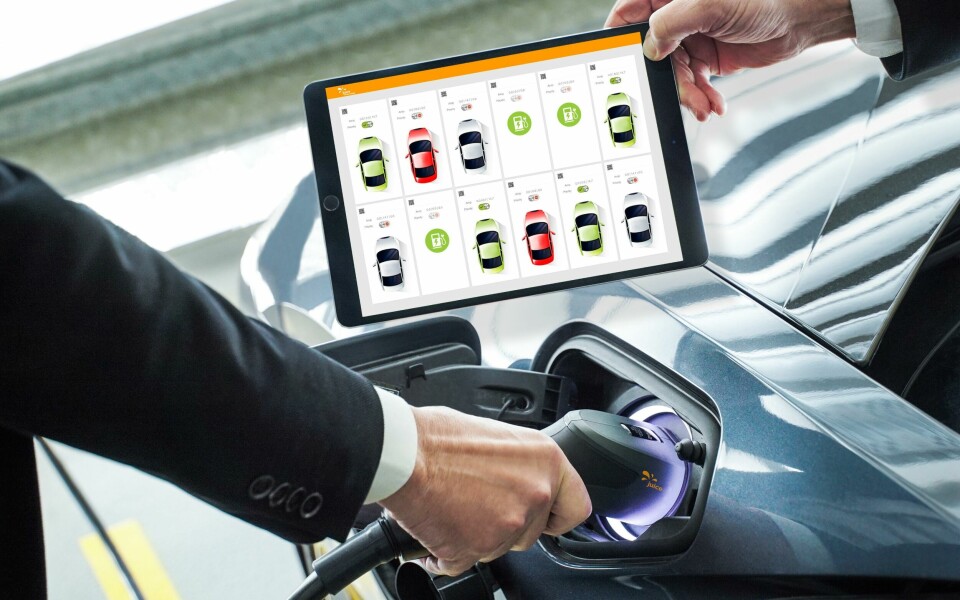
With reference to V2G technology Erni says there are advantages to being able to use a normal household plug to charge the car, though he flags up the problematic scenario of wanting to leave your house earlier than planned and there not being sufficient charge in your vehicle.
Charging down the road
Looking ahead ten years, the EV charging industry is likely to look quite different but what will it look like exactly? It is certain to be more highly developed, evolved and advanced but will it be dominated by public charging points on the streets or at converted petrol stations? Or will it be dominated by home chargers on EV user’s private property, or led by so-called ‘mobile chargers’ that offer more flexibility? And what about slow versus rapid chargers?
“I think it will be a mixture,” says Erni. “First of all, we have to equip all the motorways and that’s ongoing already. Then all the recreation grounds and shopping centres, which will have mid-range fast chargers, let’s say around 50-70kW chargers, for attracting the customers.”
The backbone will be charging at home because every charging point on private ground will be equipped. Every classic parking place will be equipped with charging stations, at home and at work.
Added to which, every car will have a portable charging station on board. That will help the car manufacturers to bring down their costs and also it makes it easier to sell the EV because each vehicle will already be able to charge from the point of sale.





